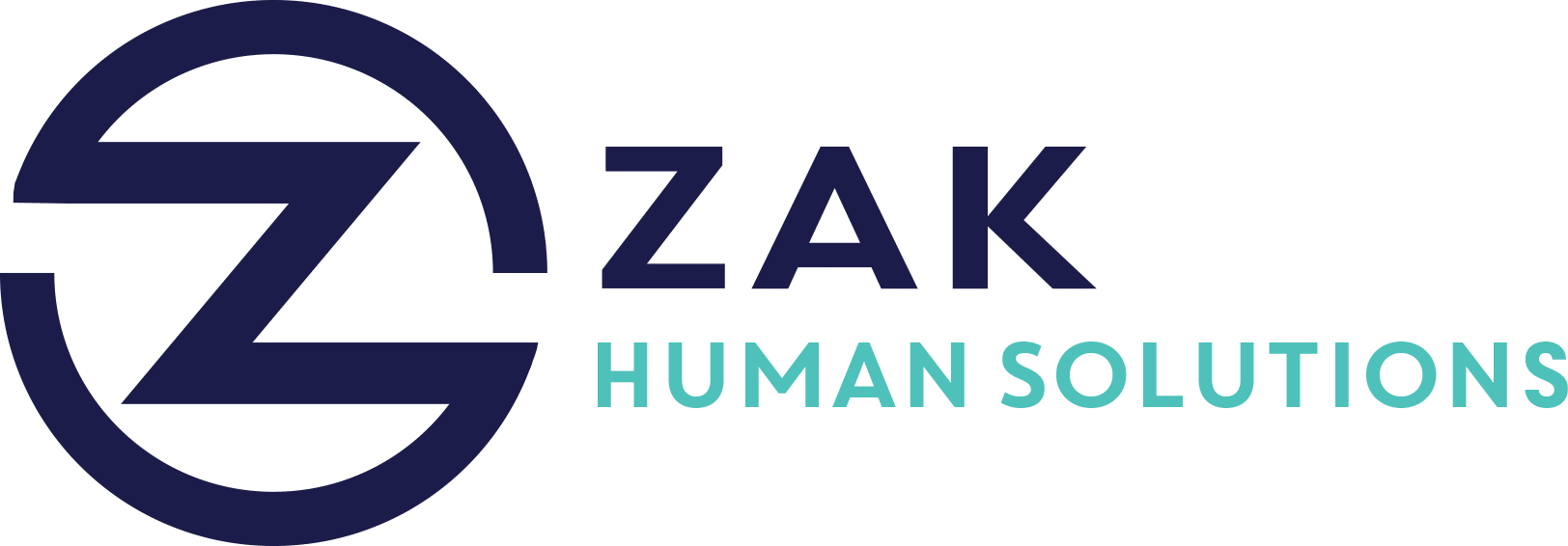Key Takeaways
- Companies are shifting away from traditional salary competition, focusing on meaningful, flexible, and wellness-focused benefits.
- Mental health sabbaticals are being offered as part of employee lifecycle, allowing time for personal growth without burnout.
- Employers are covering educational costs directly related to career growth, integrating learning with work.
- Wellness stipends are now customizable, allowing spending on personal well-being preferences beyond gyms.
- Pet-friendly benefits, like insurance and leave, are being introduced to support remote workers’ needs with pets.
- Four-day workweeks are being implemented by redesigning workflows, reducing stress, and increasing productivity.
- “Creative leave” is available for employees to pursue passion projects, fostering personal and professional growth.
- Transparency in career progression is becoming a key benefit, with clear pathways and open access to growth opportunities.
In recent years, the corporate landscape has undergone a seismic shift. Employers have begun to recognize that offering competitive salaries and traditional titles is no longer sufficient to attract and retain talent. Today’s workforce seeks a holistic work experience that prioritizes personal well-being, flexibility, and professional development. In this blog post, we delve into the innovative ways companies are rethinking benefits to keep teams not only satisfied but thriving.
The Rise of Meaningful and Flexible Benefits
Traditionally, employee benefits were often cookie-cutter packages centered around health insurance, vacation days, and perhaps a pension plan. However, as the priorities of employees evolved, so too did the nature of company perks. Modern companies understand that to remain competitive, they need to offer more than just monetary incentives. Here’s how they’re making a change:
- Mental Health Sabbaticals: Recognizing the importance of mental health, forward-thinking companies are now offering mental health sabbaticals. These aren’t just glorified vacations but structured breaks designed to allow employees to recalibrate and focus on personal growth without the pressure of burnout. Typically available after a few years of service, these sabbaticals empower employees to travel, pursue hobbies, or simply relax.
- Education and Growth: Employers are now investing directly in their employees’ education, covering the costs of courses or degrees that contribute to career advancement. This dual approach to learning and earning allows employees to enhance their skills, which in turn benefits the company with a more skilled workforce.
- Customizable Wellness Stipends: Gone are the days when wellness benefits meant subsidized gym memberships. Companies are introducing wellness stipends that employees can spend as they see fit—whether it’s on yoga classes, wellness apps, or even creative supplies that contribute to their overall well-being.
Embracing a New Culture of Flexibility
The push for work-life balance has never been stronger, and companies are responding with flexible work arrangements that cater to modern lifestyles.
- Pet-friendly Policies: As remote work becomes the norm, pets have become unofficial coworkers. Companies are introducing pet-friendly benefits such as insurance, doggy daycare subsidies, and even “pawternity” leave. These benefits not only reduce the stress for pet-owning employees but also increase loyalty and productivity.
- Four-Day Workweeks: To enhance productivity and employee satisfaction, some businesses are implementing four-day workweeks. By redesigning workflows, reducing unnecessary meetings, and focusing on results rather than hours worked, companies are not only boosting morale but also maintaining high productivity levels.
- Creative Leave for Passion Projects: Innovative firms are now offering “Creative Leave” for employees to explore personal projects, whether it’s writing a book or starting a side business. This not only rejuvenates employees creatively but also brings fresh perspectives back to the workplace.
Fostering Transparency and Career Growth
Transparency in career progression is increasingly being recognized as a crucial aspect of job satisfaction. Companies are mapping out clear career pathways and ensuring employees have access to resources such as mentorship programs and skill-building budgets. This clarity helps employees envision a long-term future with their employer, reducing turnover rates.
Designing the Workplace of Tomorrow
The companies setting the pace in this new era of work are not necessarily offering more benefits but rather better-suited ones. By focusing on the overall well-being and personal growth of employees, they are creating a work environment that is more attractive, fulfilling, and productive. As we move forward, the emphasis on human-centric benefits over traditional perks sets a new benchmark for how work environments should be structured.




